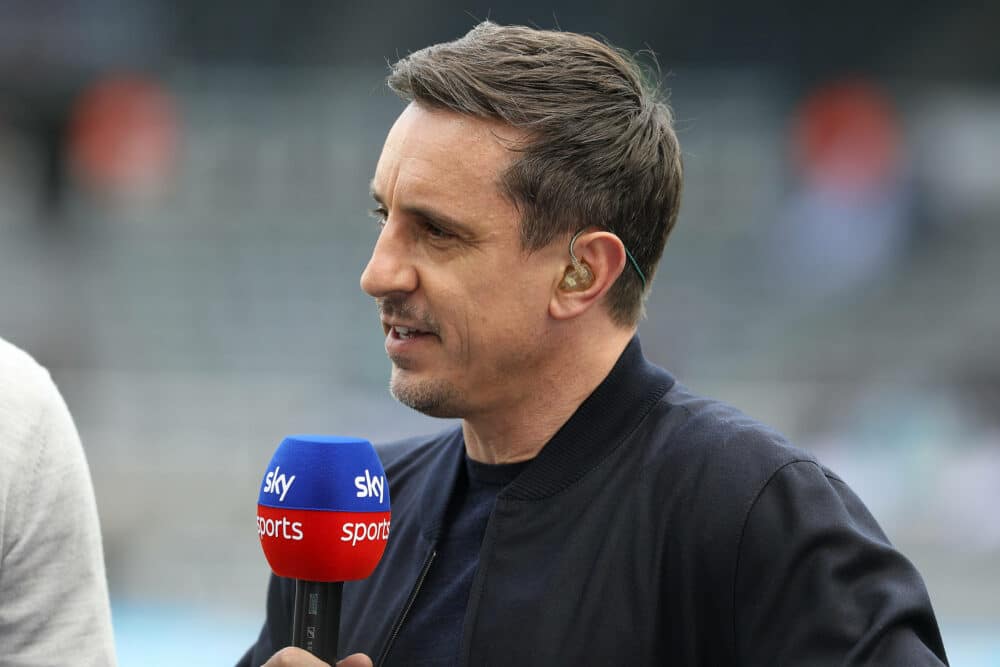Manchester United’s Old Trafford Plans: No Public Money for Now, Says Mayor
The long-standing issue of Manchester United’s redevelopment of Old Trafford has taken another turn as Greater Manchester Mayor Andy Burnham confirmed that no public funds would be allocated to the project, at least for the time being. While Manchester United’s owners consider the ambitious options of either building a brand new 100,000-seat stadium or renovating the existing Old Trafford, Burnham has highlighted the broader potential for redevelopment in the area, with the football stadium as its centrepiece.
The discussions have extended beyond just footballing concerns. Burnham has raised the possibility of creating a “mixed-use” neighbourhood around the stadium, integrating new residential developments, shopping areas, and improved transport links. The intention is clear: to not only give Manchester United a world-class stadium but also ensure that the surrounding area benefits from comprehensive urban regeneration.
Manchester United’s Stadium Dilemma
Manchester United, with their iconic Old Trafford home since 1910, face an important decision: continue with a £2bn investment to redevelop the current stadium or move forward with a brand-new build. Old Trafford, with its 74,310 capacity, remains one of the most recognisable venues in world football. However, it has been evident for some time that the stadium needs modernisation to match the facilities offered by other leading clubs across Europe.

Burnham has clarified that the costs for any stadium redevelopment or new build will rest solely on the club’s shoulders. Manchester United will be expected to finance either option entirely from their resources, and no public funds will be directed towards the construction itself. However, Burnham left the door open for future investment in public infrastructure in the area, hinting that taxpayer money could support transport links and surrounding infrastructure projects.
Rail and Infrastructure as Keys to Redevelopment
At the heart of these discussions lies the issue of logistics. The presence of a freight rail terminal behind Old Trafford has long been a hurdle for any significant expansion of the stadium. Burnham has suggested that if the freight terminal were to be moved to Parkside, near the St Helens-Wigan border, it could free up critical space around Old Trafford and pave the way for ambitious regeneration plans.
While the government is yet to commit funds to connecting the Parkside freight terminal to the West Coast Main Line, Burnham has been vocal about the importance of this project, not just for the stadium but for the broader transport system in the North West of England. He remarked that moving the freight terminal would “fix things for passengers” by removing the disruption caused by freight transport passing through Manchester city centre.
This proposed move would allow Manchester United to fully explore its options for redeveloping Old Trafford, potentially creating a more expansive footprint that could lead to the development of a world-class football venue.
Gary Neville’s Vision for Old Trafford
Gary Neville, a Manchester United legend, has been heavily involved in discussions surrounding the future of Old Trafford. A member of the taskforce set up to evaluate the best options for the club, Neville has spoken candidly about his priorities for the project.

Neville is less concerned about whether Old Trafford is refurbished or replaced with a new stadium, stating, “The most important thing is Manchester United end up with a world-class stadium.” His focus is instead on the wider regeneration of the area, emphasising the potential for the football club to be the catalyst for a broader urban development plan.
“We have seen what happens when you put football at the heart of that regeneration,” Neville added, citing other examples of how major stadium redevelopments can boost surrounding areas.
What the Future Holds for Old Trafford
The future of Old Trafford remains in the balance as Manchester United continue to weigh up their options. With no public funding directly earmarked for the stadium itself, the club’s decision will likely depend on the feasibility of financing such an enormous project. The broader urban development possibilities present an exciting opportunity, but it will be up to Manchester United and local authorities to work together in ensuring both the stadium and the area surrounding it reach their full potential.
Mayor Burnham’s commitment to the project, though not financial, provides some optimism for fans eager to see the club’s home modernised. As discussions continue, one thing is clear: whatever decision is made, it must position Manchester United’s stadium as one of the best in the world, capable of hosting the biggest matches and serving as a focal point for local regeneration.

